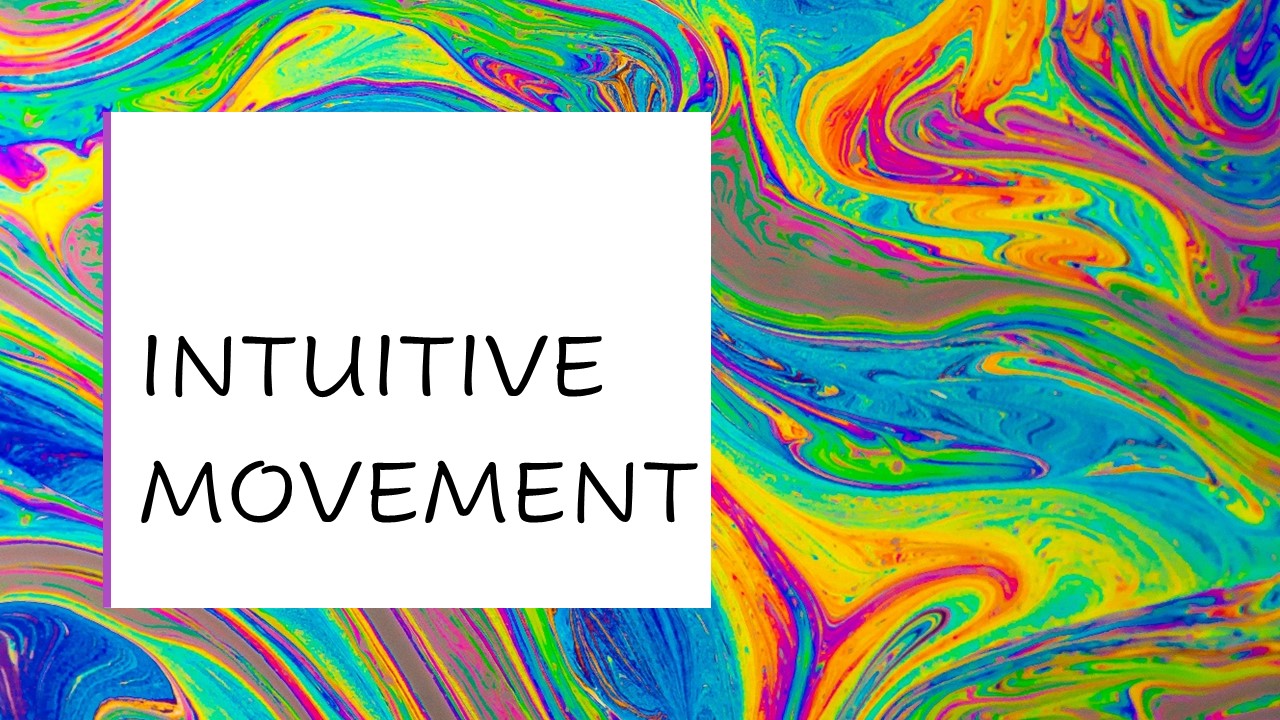What kind of movement do you hunger for? Yes, I said hunger for…what kind of movement would bring you joy? Maybe it’s a quick “snack” of restorative yoga postures, a set of barbell squats for “dessert”, or just a “side” of dancing for 5 minutes in the living room. Perhaps it’s an “entrée” of pickle ball or "teatime" exploring the forest.
It’s easy to do the same thing week after week or follow general prescriptions and guidelines. I'm a routine junkie so I get it. Over the last few years, I've been gradually developing the intuitive mover inside; I believe we all have one. I must admit...it is not easy! I've been a "regular exerciser" since the age of 12. For much of this time I prioritized exercise that was considered healthy even if it wasn't actually life-enhancing for me. The practice of responding to my movement appetite each day involves curiosity, patience, and kindness.
Rachael Hartley, a registered dietitian and certified intuitive eating coach, sums up intuitive movement very nicely: "Intuitive movement is the practice of connecting with your body and its internal cues and using that to determine what type of movement, how long, and the intensity you'd like to engage in.
Tips for training your intuitive movement muscles
- Tune in: Take time throughout the day to tune into your body. Overall, how do you feel? Does your breathing feel strained, shallow, or relaxed? Are some parts of your body tight or in pain? Do you feel like releasing or enhancing your energy?
- Do what you enjoy: People often ask me, “What should I do?”. I answer with the question, "What would you do if you could do something you like?" If your movement and exercise patterns are based on a script from someone else, take a chance and do what you want to do - not what is on your plan. I'm not saying you have to do this every time you move, but give yourself opportunities to do what brings you joy!
- Avoid comparison: Compare can lead to despair – with yourself and others.
- Practice flexibility: Every moment counts! Be cautious of all or nothing thinking – get creative as to how much each day, be flexible with what you “count” as movement or exercise. You can have a plan, just keep it loose.
- Remember the movement of recovery: Movement in the form of stillness is just as important as movement in the form of action. Create your own rhythm in the polarities of stillness and motion.

